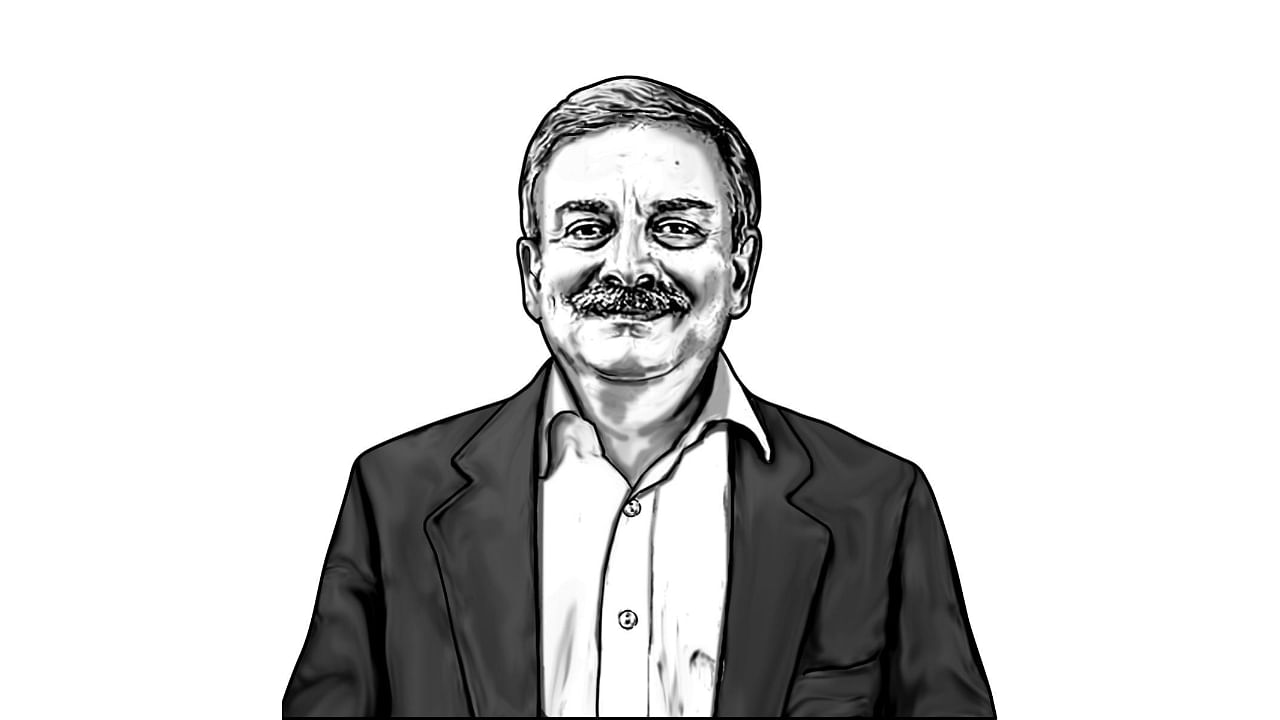
The Desert Island Question: “If just one book, which?” has no universal answer. A discerning reader will likely choose Don Quixote (DQ) by Miguel de Cervantes. When Cervantes wrote DQ, he could not possibly have known that he had initiated the most important literary genre of the modern age: the modern novel. Before DQ, there were several fictional genres, but of relatively minor importance, and no matter which way you turn the picture, DQ remains a watershed in the history of literature. Cervantes is to Spanish what Shakespeare is to English, Dante to Italian, Goethe to German, and Tolstoy to Russian.
In the prologue to the Exemplary Novels, Cervantes provides a pen portrait of himself. This piece of ecphrasis is as acute as the portrait is compellingly direct. The result is inimitably Cervantine: ‘He whom you here behold with aquiline visage, unruffled brow, sparkling eyes, and an arched nose…a silver beard, although not twenty years ago it was golden…the complexion bright, rather white than brown, somewhat heavy shouldered and not very nimble on his feet; this, I say, is the portrait of the author of Don Quixote of La Mancha…He is commonly called Miguel de Cervantes Saavedra.’ The image described in this 1613 text is of a proud old man, for whom recognition came late in life.
Cervantes was born in a small town outside Madrid in 1547. Little is known about his early years, but what we do know is that at the naval battle of Lepanto in 1571, he was wounded and so, at 24, permanently lost the use of his left hand. In 1575, he was captured by Barbary pirates and spent five years as a slave in Algiers. Ransomed in 1580, he served Spain as a spy in Portugal and Oran and then returned to Madrid. The real-life adventures of Cervantes provide authenticity to DQ published in 1605, followed by DQ Part II in 1615. DQ established a foundational presence for Cervantes in literature across languages, making it the greatest modern novel ever written.
The famous opening lines are exemplary in literary language moving in the direction of ordinary speech: ‘In the town of La Mancha, whose name I do not care to recall…’ But in DQ, even plain speech resonates with literary associations; notably the theatrical farce of the time, centred on the mishaps of a character, that perhaps served as inspiration to Cervantes. DQ is the story of Alonso Quijano, a 16th century Spanish Hidalgo, a noble man, who is so passionate about reading that he leaves home in search of his own chivalrous adventures. He becomes a knight errant himself: Don Quixote de La Mancha. He gathers other accessories indispensable to any knight errant: his armour; a horse, Rocinante; and a lady, an unwitting peasant girl he calls Dulcinea of Toboso, in whose name he will perform great deeds of chivalry. By imitating his admired literary heroes, he finds new meaning in life: rescuing damsels in distress, battling giants, and righting wrongs mostly in his own head. Through the quixotic adventures, Cervantes brilliantly combines literary criticism and parody of the Inquisition and its practices of burning texts supposedly associated with the devil.
In perhaps the most quoted scene from the novel, Don Quixote sees three windmills as fearful giants that he must combat, which is where the phrase ‘tilting at windmills’ comes from. But DQ is much more than a delightful series of adventures; it is deeply philosophic. It is a book about books, about reading, writing, idealism, and about life and death. DQ does not separate the fiction of facts and the facts of fiction, and Cervantes deploys this literary technique masterfully, exploring the debate between free will and fate. The misguided hero is actually a man struggling to overcome his own limitations to become who he dreams to be.
The eponymous Don Quixote and Sancho Panza are among the greatest literary characters created, and the adventures of a nobleman turned Knight errant and his squire are not just tragi-comic, but profound; leaving it to the reader to decide what is real and what is not.
The originality of Don Quixote is not merely its inventiveness but its inimitability, and that emerges only from the test of history. Written over 400 years ago, when social status, ethnicity, and religion were seen as determining a person’s future; in our own time, full of similar windmills, the lesson from DQ, is simple. The more we seek our authentic selves, the more they tend to recede. The knight and Sancho, as the great work closes, know exactly who they are, less from their adventures and more through their marvellous conversations, be they quarrels or agreements. What we need most today is fraternity -- to listen, converse, and learn to understand each other.
(The writer is a former civil servant who enjoys traversing the myriad spaces of ideas, thinkers, and books)